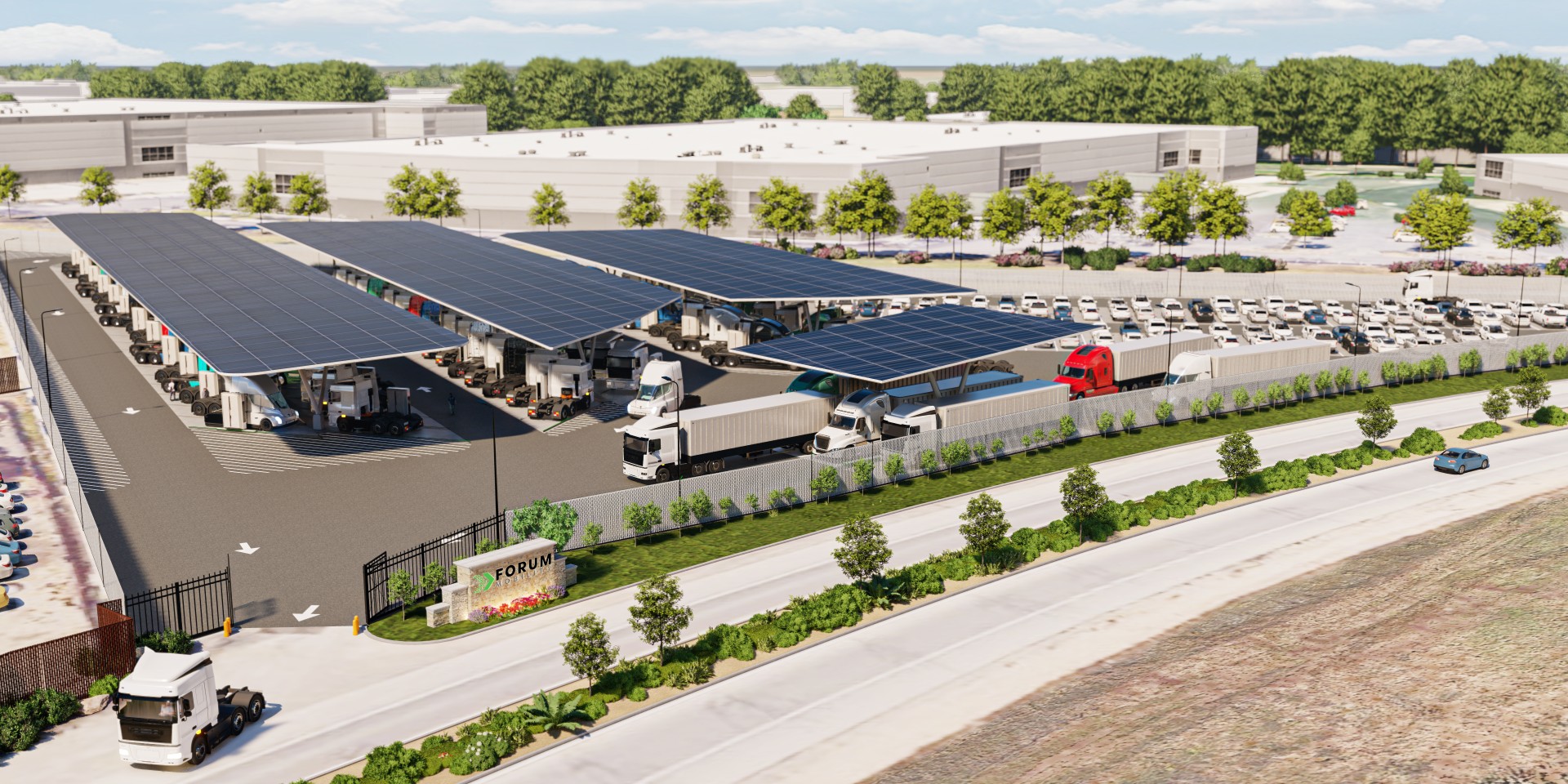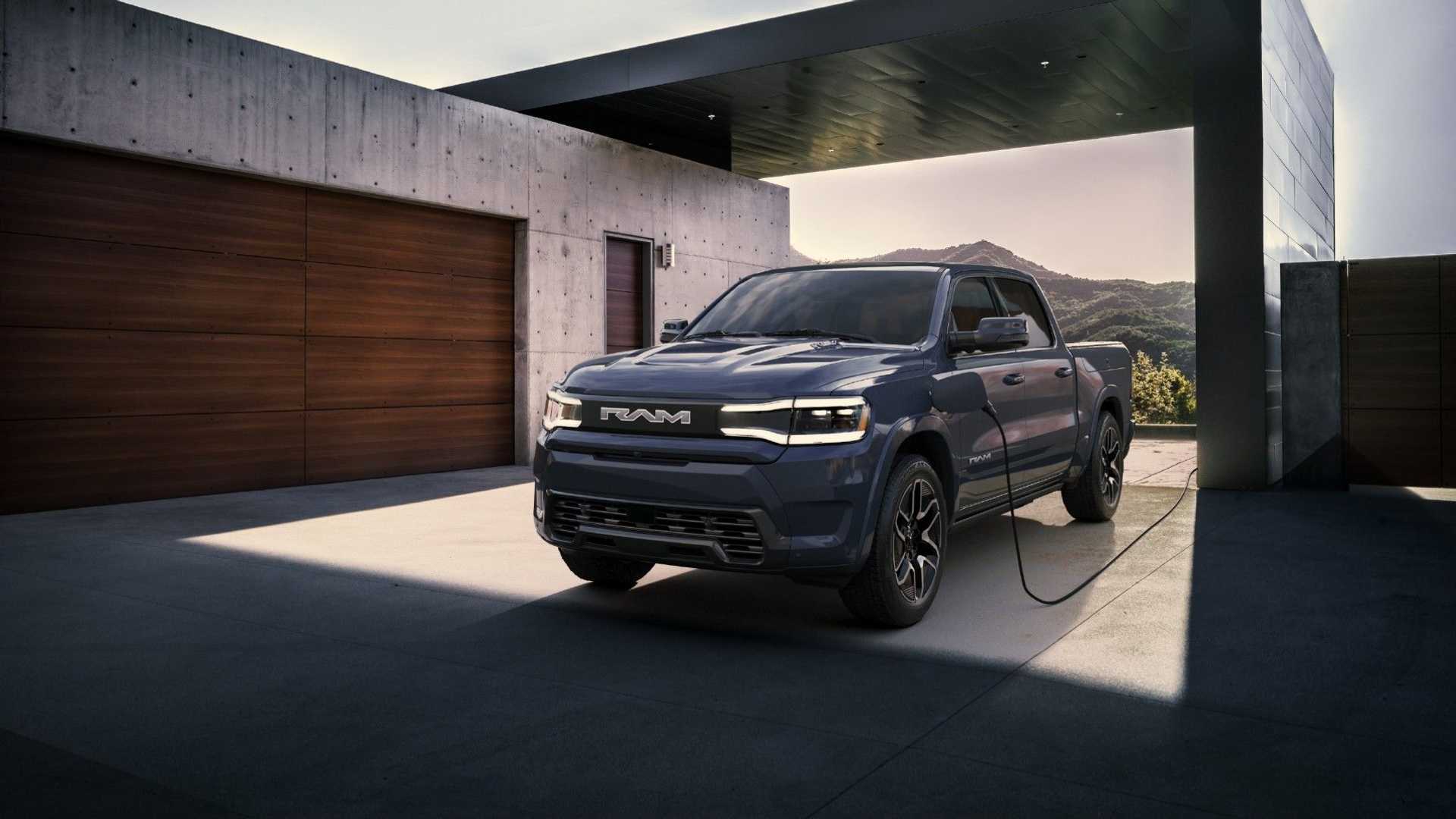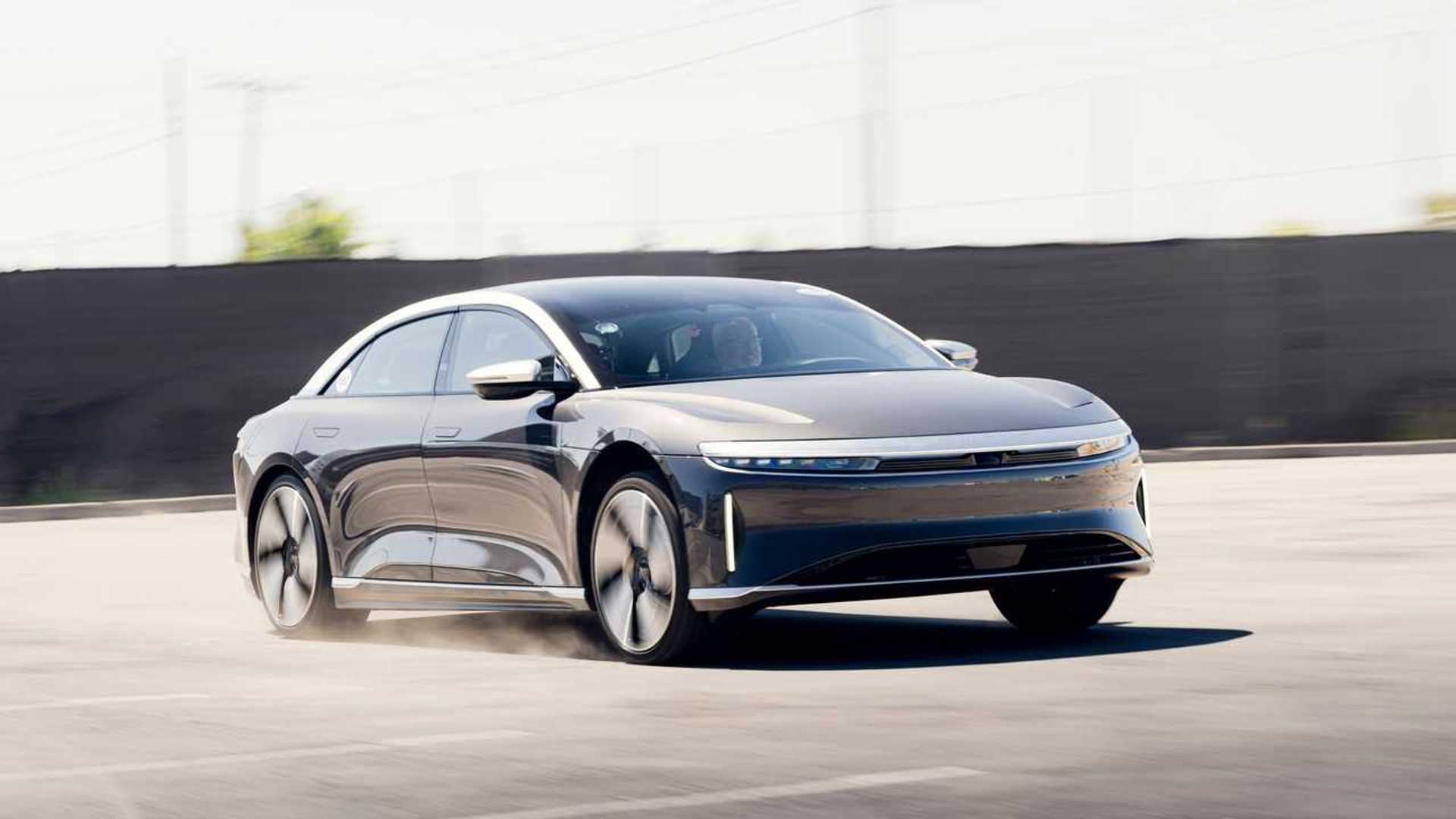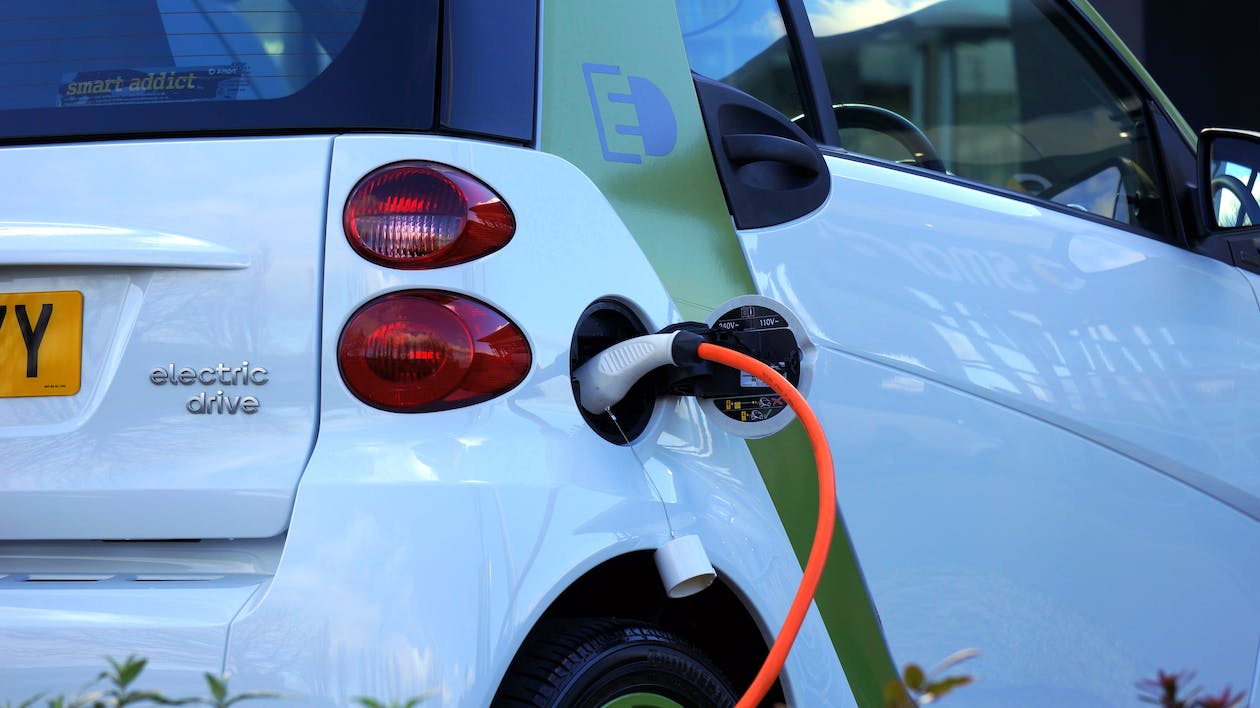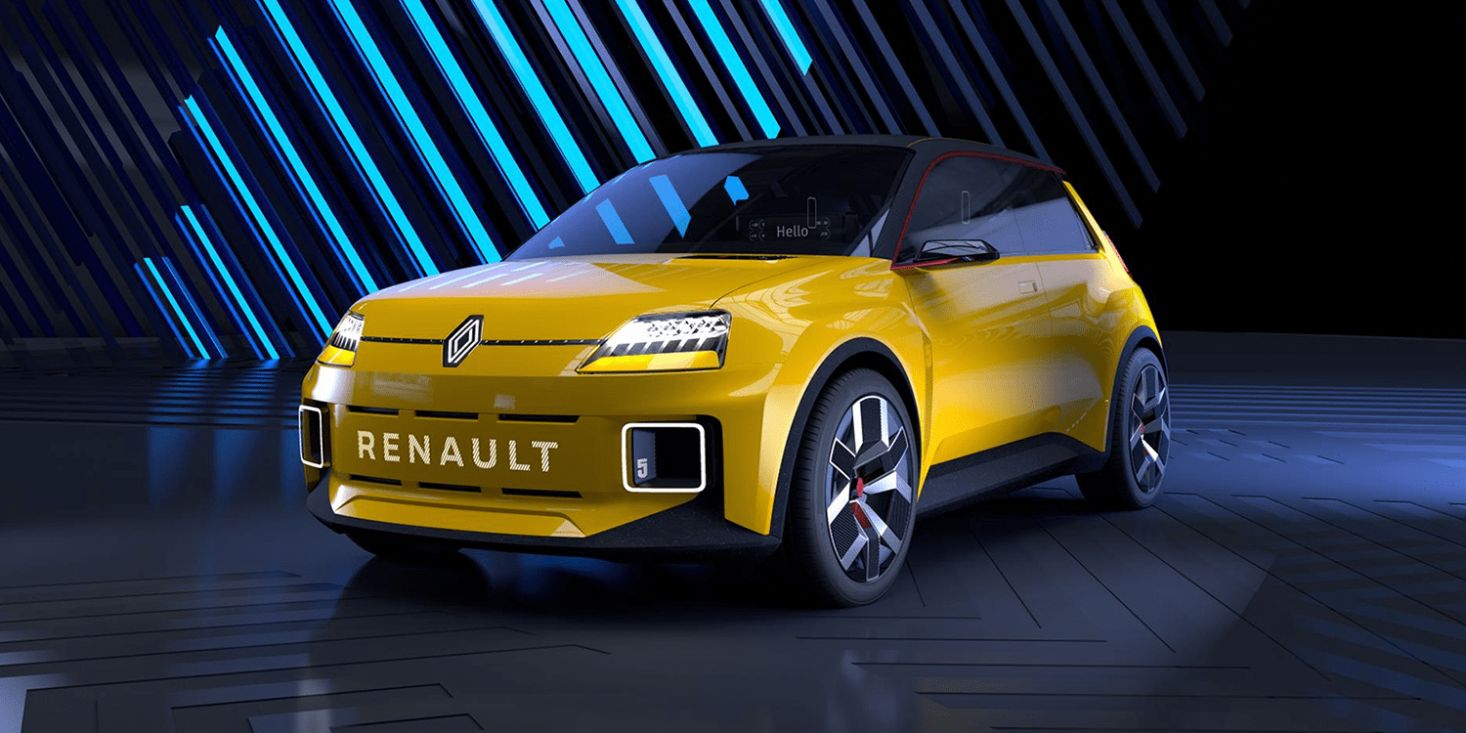In a notable industry shift, electric vehicle (EV) charging equipment manufacturers Blink Charging, ChargePoint, and Tritium have announced their plans to offer chargers equipped with Tesla’s connector. This decision comes as the Combined Charging System (CCS) connector, previously considered the standard, loses favor among automakers.
Recently, General Motors (GM) and Ford made headlines by adopting Tesla’s proprietary North American Charging Standard (NACS) port, signaling a significant change in the market. With these partnerships, the NACS port is projected to dominate approximately 60% of the U.S. EV market.
Tesla’s NACS connector stands out for its compact and lightweight design, enhancing convenience for motorists during charging sessions.
EVgo, which already incorporated Tesla connectors into its network in 2020, has now announced the expansion of NACS connectors across its fast charging infrastructure throughout the United States.
ChargePoint has also revealed its intention to offer an NACS connector option for its products, including upgrades for existing chargers in service.
Tritium, an Australian-based company, plans to incorporate the NACS connector into its chargers in the United States and other markets that choose to adopt it.
The market response to this industry shift has been positive, as evidenced by the increase in Blink’s shares, which closed over 9% higher, and Tritium’s U.S.-listed shares, which closed up 5.6%.
Blink Charging showcased a new direct current (DC) fast charger at the Consumer Electronics Show (CES) 2023. This upcoming charger, set to feature both NACS and CCS compatibility, is currently in the final stages of design.
Reflecting on the recent announcements by Tesla, GM, and Ford, Blink emphasized the ongoing evolution of the EV charging industry as technology advances and industry stakeholders collaborate to establish best practices.
According to brokerage firm Piper Sandler, Tesla’s revenue from its charging network is expected to reach approximately $9.65 billion by 2032. This projection assumes that over half of the sales will originate from other EV manufacturers utilizing Tesla’s charging network.
The collective efforts of industry players to adopt a standardized connector represent a significant step forward in facilitating widespread EV adoption and streamlining the charging experience for all users.


